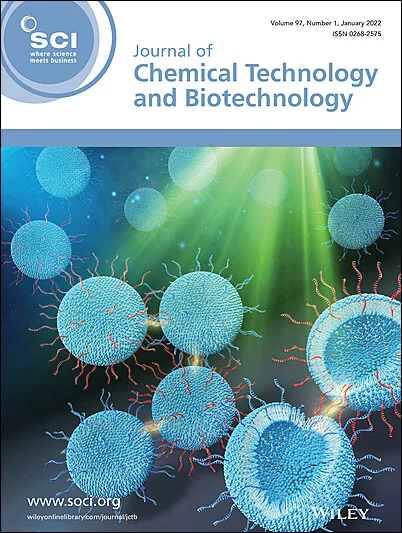Clickable aminoguanidine-modified ion-imprinted polymer for highly selective neodymium(III) recovery
Abstract
BACKGROUND
Neodymium (Nd3+) is a critical rare earth element, with widespread use in advanced technology, requiring effective recovery mechanisms due to increasing demand. A novel neodymium ion-imprinted polymer (Nd-IIP) was here synthesized from aminoguanidine-functionalized phenolic resin as the functional matrix. Polymerization entailed the Diels–Alder crosslinking mechanism, which created well-organized and selective recognition sites for Nd3+ ions. Stabilization following crosslinking ensured high specificity, mechanical stability, and reusability of the polymer.
RESULTS
The effective introduction of the functional groups was confirmed by Fourier transform infrared spectroscopy and solid-state 13C nuclear magnetic resonance, while X-ray photoelectron spectroscopy, scanning electron microscopy, and Brunauer–Emmett–Teller analysis provided information regarding the adsorption mechanism. Thermogravimetric analysis/differential thermal analysis was used for thermal stability confirmation of the polymer. Adsorption study illustrated maximum adsorption capacity of ~400 mg g−1, which was found to be roughly twice that of non-imprinted polymer. Adsorption followed Langmuir isotherm model and pseudo-second-order kinetics, confirming monolayer, chemisorption-based adsorption. Thermodynamic analysis confirmed that the process was spontaneous and endothermic in nature. Selectivity analysis revealed that Nd-IIP was 30–40-fold more selective for Nd3+ than for interfering metal ions.
CONCLUSION
Nd-IIP maintained 95% of its adsorption capacity after five cycles of regeneration, affirming its high reusability and durability. The results emphasize Nd-IIP as a highly selective and effective polymeric sorbent for the removal and recovery of Nd3+ from aqueous solutions, with great potential for the sustainable extraction of rare earth elements. © 2025 Society of Chemical Industry (SCI).




 求助内容:
求助内容: 应助结果提醒方式:
应助结果提醒方式:


